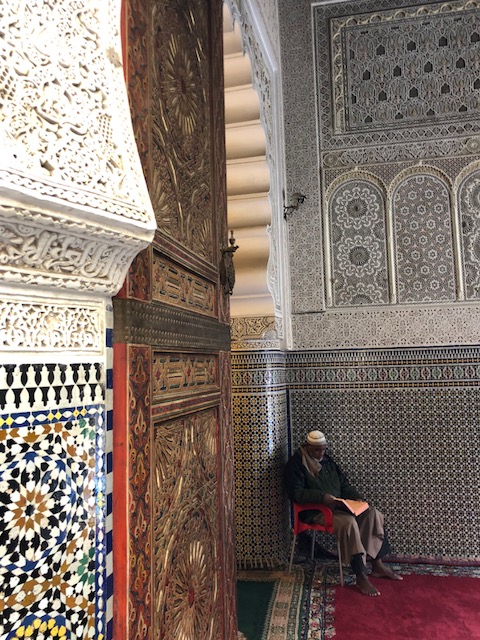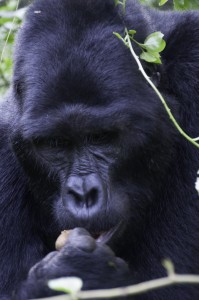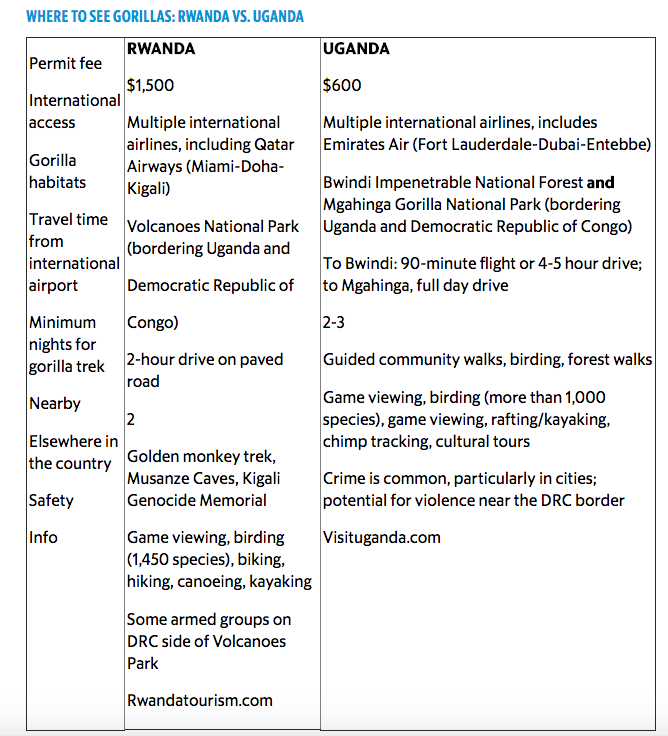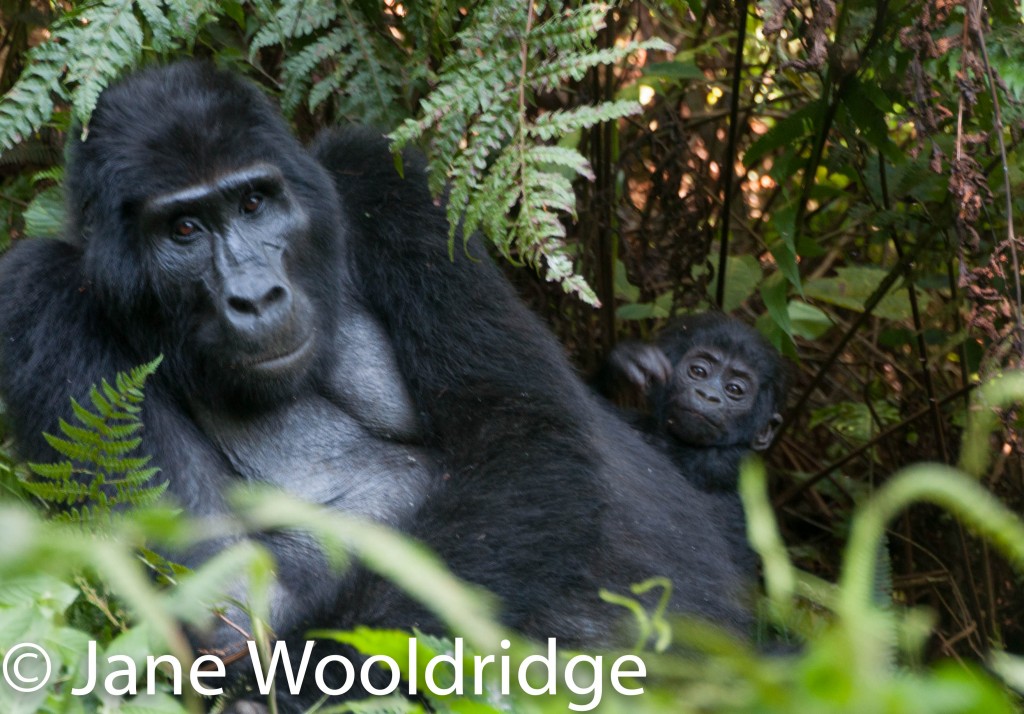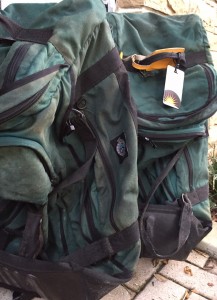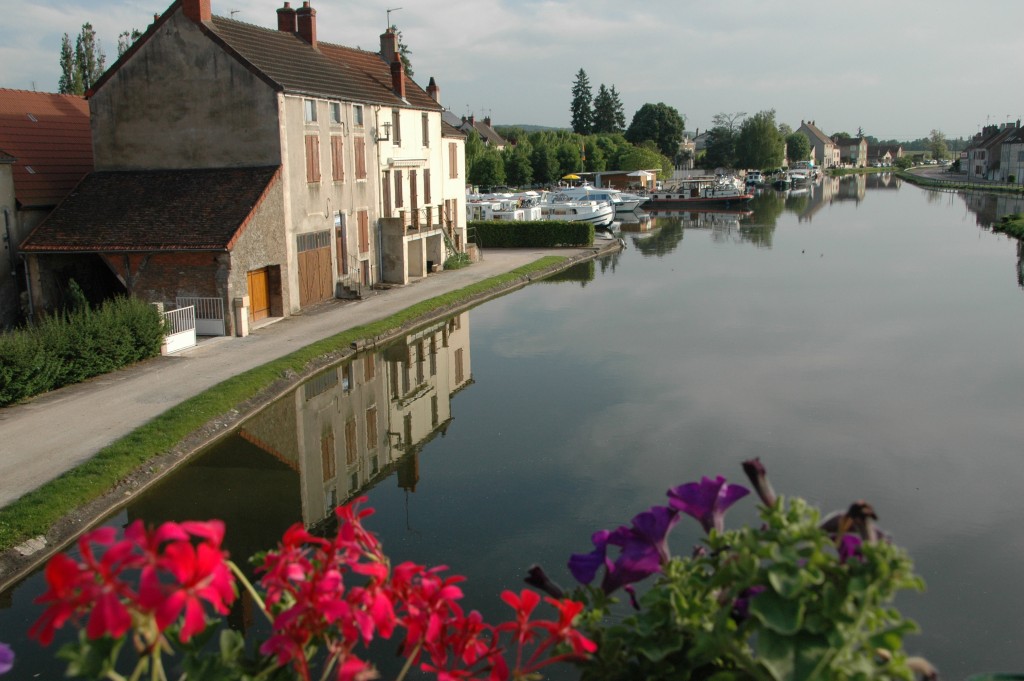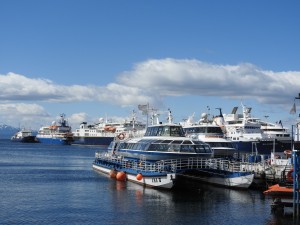The Fez souk was filled with the bounty of the nearby fields: crimson beets just pulled from the field, bean pods the size of scythe, basins filled with goey honey-covered pastries. Cockerels on a string, strutting smartly in ignorance of the pot that awaits them.
It was nearly halfway through Ramadan, the Muslim month of fasting. And for many, the focus was on food — the delectable tagines that await them each evening when the daylight prohibition on food and liquids is lifted.
For 30 days, observant Muslims worldwide observe the fast. Our Moroccan guide explained it as a time of prayer and contemplation, when Muslims focus on self-discipline and are reminded what it is like to be poor, without the casual expectation of sustenance on demand. The muezzins loudly sing the call to prayer; the faithful head to the mosques and their prayer rugs; in between many pray in a corner. In Tangier the call resounds from minaret to minaret to minaret throughout the long dark night — more vexing to uninitiated visitors than the paucity of open bars during the weeks of observance.
“Ramadan is a state of mind,” says our guide Rachid. He’s thinking of the obsession with food that permeates the marketplace, the sense of deprivation that drives some to faintness and near-distraction. He assumes a more reasoned approach, tuning into a simple discipline that knows that in a few hours, the fast will break, and in a few weeks, the season will end. The hours between bind community with tradition and belief in a surprisingly cheerful welcome to neighbors and foreigners both.
This idea of a reset is oddly appealing. Going without coffee or water for the entire day is beyond me; I can’t imagine making it to the computer, let alone my first meeting, without a cup of joe. But to set my mind to foregoing food during daylight hours is a path to the discipline that I’ve pushed aside in the hurry-scurry world of instantaneous feedback. Reboot my hard drive Thoughtful action in lieu of gut response is a concept ready for a revival.
So I decided to keep a modified Ramadan. While didn’t givie up liquids, I ate only during the hours of darkness. I refrained from reaching for that glass of sauvignon blanc with dinner or the Moscow Mule on Friday night. When evening comes, I told myself, I”ll try to approach each mouthful with mindful appreciation of taste and texture. I’ll avoid TJ Maxx and Amazon, and do my best to start the day with a few deep, contemplative breaths. The practice will remind me of a glorious trip and the value of cultures other than my own.
I made it four days.
The weekends weren’t so difficult, even though I had to sit through a brunch with friends sipping only coffee. And I wasn’t even that hungry during the day. But by my second work day of going without, my brain checked out. By 4 p.m. I was slightly punch drunk. I couldn’t talk in a complete sentence — much less edit a complex story for publication.
The next morning, I was back to regular meals. Smaller, more cautiously eaten than in my usual at-the-desk shovel, but food nonetheless.
For Muslims, the fasting would last another 10 days. When it ends today at sunset, I’ll mark it with a moment of silence and a new appreciation for the rigor of a month of strict limits.
I’ll also honor the hunger of those who go without on a regular basis: the homeless, the struggling, the students who go school hungry in winter and without school-provided breakfasts in the summer break. Food isn’t just from the palate or belly, its for the mind as well.

